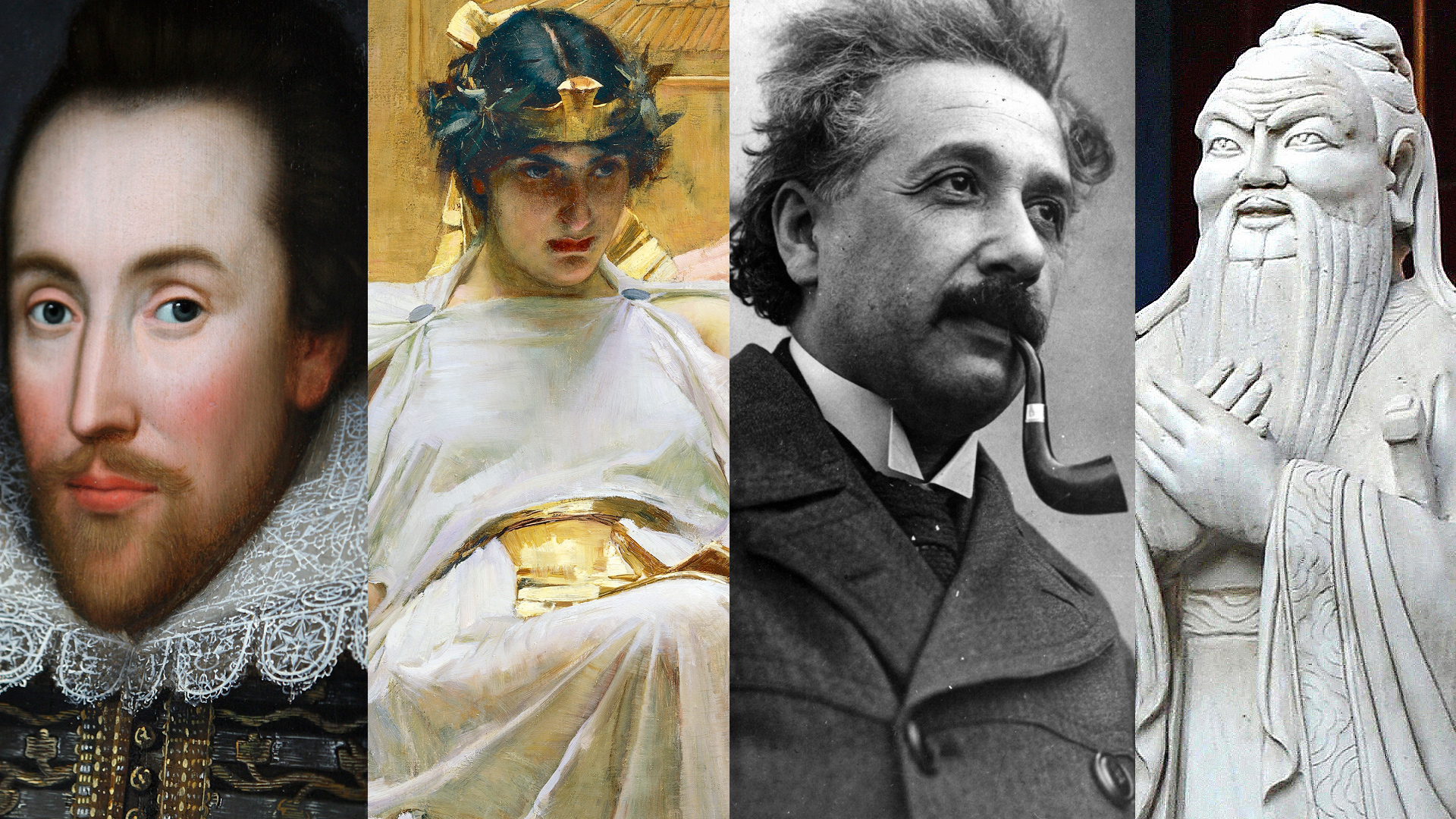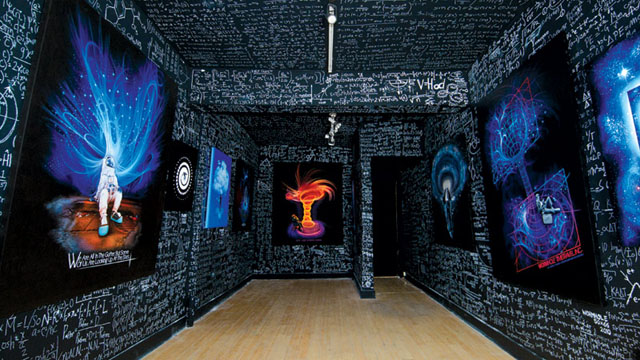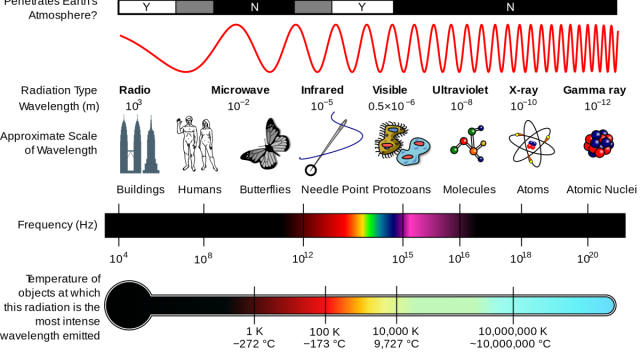Are You a Genius? These Are the Kinds of Things You Might Be Up To.

You’ve probably heard of MacArthur genius grants, and maybe wondered if you could get your hands on one of those. You’re smart, right? So what does it take to get one of these grants?
For one thing, these aren’t something you apply for — the MacArthur Foundation finds you. Second, the foundation doesn’t actually call them “genius” grants. They’re officially called “MacArthur Fellowships.” But one look at the recipients and, yup, we’re talking geniuses.
On September 22, 2016, the Foundation announced their 2016 Fellows. There are 23 of them, and the brilliance they embody is pretty stunning. Each has received a grant of $625,000 with no strings attached for how they spend it. It’s clear they’ll all make good use of the money, though.
What Genius Looks Like
One this year’s Fellows is Stanford’s Manu Prakash, and his MacArthur video shows off the kind of free-ranging creativity that characterizes a true genius. Prakash is physical biologist and inventor, and the open-endedness of the title “physical biologist” gives you a clue as to the breadth of this man’s interests. His MacArthur biography is pretty breathtaking in scope.
Prakash likens his work to solving puzzles and obviously has a great time solving them. Here are three of his “puzzles” noted in the MacArthur video.
A Liquid Computer

As a result of his interest in exploring information process using soft materials, Prakash’s team has developed a “microfluidic” computing device in which information travels through circuits as water droplets. After working out the principles his team can build a functioning microfluidic version of every working part in a computer.
Dancing Dye

Prakash is fascinated by the diversity of life forms on earth and by the myriad physical systems nature presents us. He’s fascinated by “chemotaxis,” in which highly complex behaviors are produced by the interaction between the simplest of objects. Droplets of over-the-counter food coloring offer an eye-popping demonstration of what happens to materials in a state of non-equilibrium, much like the early simple molecules that came together to begin life on earth.
An Ultra-Low-Cost Microscope for Everyone

As part of his desire to share his delight in discovery with everyone, this Indian-born inventor has developed the Foldscope, a origami microscope with which even the poorest Indian child can unlock the mysteries of the tiny. It’s a paper microscope that costs less than $1 to produce. It comes in a packet with everything a child needs, and it’s simple to put together. It’s really amazing. Prakash’s team has shipped 50,000 of them so far, and they hope to make that number one million in the next year. Once in the hands of a child, it’s up to the young scientists to go exploring. Kids can upload images to the Foldscope web site showing what they’ve found.
It’s hard to argue with awarding a Fellowship to someone like Prakash or the rest of 2016 MacArthur Fellows. This is one impressive lineup of smart human beings. They give us all something to aspire to, and encouragement to follow our own intellectual curiosities wherever they want to lead us.




